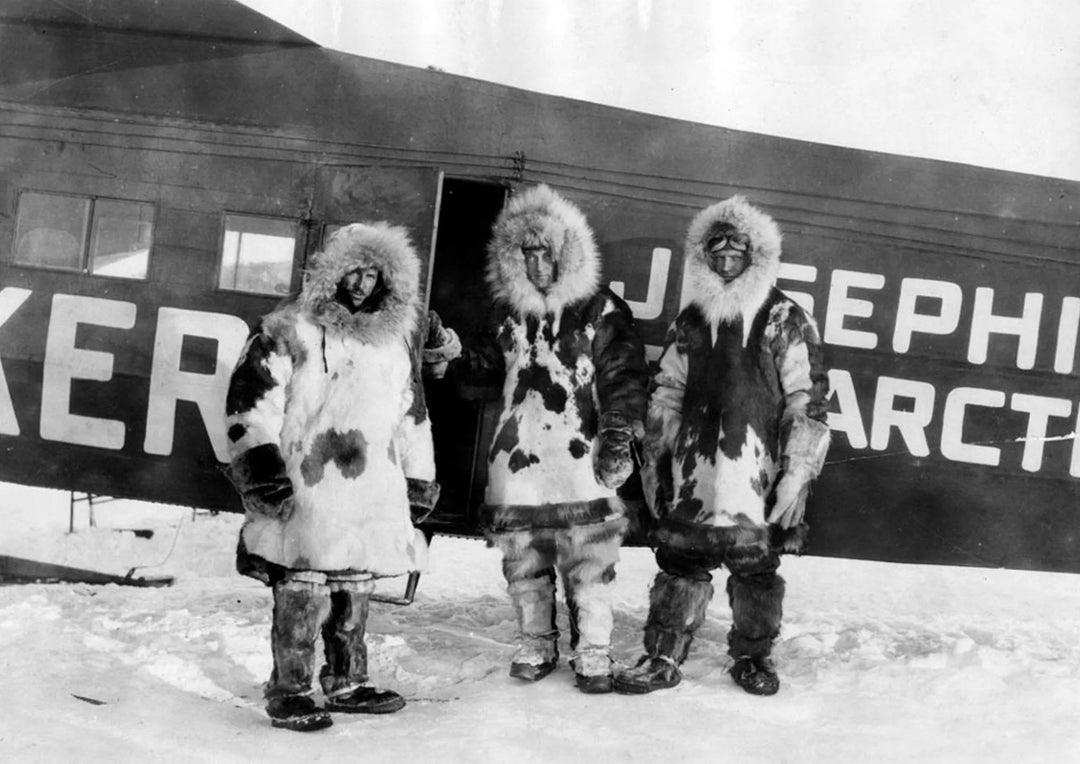Motorcycle gloves are an essential part of a rider’s gear, providing protection, comfort, and control. Over time, leather motorcycle gloves can become stiff, lose their grip, and accumulate dirt and grime. Proper care not only extends the lifespan of the gloves but also enhances performance by maintaining flexibility and grip. Revitalizing leather motorcycle gloves ensures they remain durable, comfortable, and effective in all riding conditions.
Understanding Different Types of Leather Used in Motorcycle Gloves
Leather motorcycle gloves come in different materials, each offering unique benefits. The most common types include:
-
Cowhide Leather: Known for its toughness and abrasion resistance, cowhide leather is a popular choice for motorcycle gloves. It provides excellent durability and protection but can be stiff initially.
-
Deerskin Leather: Softer and more flexible than cowhide, deerskin leather offers superior comfort and molds to the rider’s hand over time. It is naturally water-resistant but may wear out faster.
-
Goatskin Leather: A balance between durability and flexibility, goatskin leather provides a soft feel with strong resistance to wear and tear.
-
Kangaroo Leather: Lightweight and highly durable, kangaroo leather is often used in high-performance gloves. It offers superior grip and abrasion resistance.
Understanding the type of leather used in gloves helps determine the best care techniques to maintain them.
Step-by-Step Guide to Revitalizing Leather Motorcycle Gloves
Part 1: Cleaning
Cleaning is the first step in restoring leather motorcycle gloves. Dirt, oil, and sweat can accumulate over time, causing the leather to dry out and lose its natural flexibility.
Initial Cleaning: Removing Dirt and Grime
-
Use a soft, damp cloth to wipe away surface dirt and dust.
-
Mix a mild leather-friendly soap with lukewarm water.
-
Dampen a microfiber cloth in the soapy solution and gently clean the gloves.
-
Avoid soaking the gloves, as excessive water can damage leather fibers.
Spot Cleaning Techniques
-
For stubborn stains, use a leather cleaner applied to a cotton pad.
-
Gently rub the affected areas in a circular motion until the stain lifts.
-
Avoid harsh chemicals or alcohol-based cleaners that may strip away natural oils.
Deep Cleaning
-
Prepare a solution of leather cleaner and water.
-
Use a soft brush to gently scrub deep-set dirt and grime.
-
Rinse with a damp cloth and remove any excess cleaner.
-
Pat dry with a clean towel and let the gloves air dry naturally.
Part 2: Drying and Conditioning
After cleaning, proper drying and conditioning help maintain the leather’s integrity and flexibility.
Proper Drying Techniques
-
Avoid using direct heat sources like hairdryers or radiators.
-
Stuff the gloves with paper towels to absorb moisture and retain shape.
-
Let them air dry in a well-ventilated area away from sunlight.
Conditioning for Softness and Durability
-
Apply a high-quality leather conditioner using a soft cloth.
-
Massage the conditioner into the leather to restore moisture.
-
Let the gloves absorb the conditioner for a few hours before use.
-
Buff with a dry cloth to remove excess product and restore shine.
Part 3: Restoring Grip and Flexibility
A good grip is crucial for motorcycle control, and over time, leather gloves may lose their effectiveness.
Enhancing Grip
-
Use a leather grip restorer to improve friction.
-
Rub a small amount onto the palm and fingers of the gloves.
-
Allow it to absorb before testing the grip.
Improving Leather Flexibility
-
Work the gloves by flexing the fingers and making fists.
-
Apply a leather softener to areas that feel stiff.
-
Wear the gloves for short periods to break them in naturally.
Maintenance Tips for Leather Motorcycle Gloves
Routine maintenance ensures gloves remain in optimal condition for longer.
Routine Maintenance
-
Wipe gloves with a damp cloth after each ride to remove dust and sweat.
-
Avoid prolonged exposure to direct sunlight and extreme heat.
-
Apply a light coat of leather conditioner every few weeks.
Proper Storage
-
Store gloves in a cool, dry place away from moisture.
-
Avoid folding them to maintain their shape.
-
Use a breathable storage bag to prevent dust accumulation.
Advanced Care Techniques
For long-term care, additional protective measures help maintain the leather’s integrity.
Waterproofing
-
Apply a leather waterproofing spray or wax to protect against rain and humidity.
-
Use a small amount and distribute evenly over the gloves.
-
Allow the treatment to set before wearing in wet conditions.
Repairing Common Issues
-
Use leather glue to fix small tears or loose seams.
-
Apply a leather patch for larger worn-out areas.
-
Stitching repairs should be done using strong thread to maintain durability.
Leather motorcycle gloves are an investment in comfort and safety. Regular cleaning, conditioning, and maintenance keep them flexible, durable, and grippy. Revitalizing gloves not only enhances their lifespan but also ensures optimal performance in every ride.
Using a high-quality leather care product, such as those from Pecard Leather Care, ensures that motorcycle gloves remain in top condition for years to come.
FAQs
How often should leather motorcycle gloves be conditioned?
Leather gloves should be conditioned every 3-4 weeks, depending on usage and exposure to the elements. Frequent riders may need more conditioning to keep the leather soft and supple.
What are the signs that my motorcycle gloves need more intensive care?
Signs include stiffness, fading color, cracks in the leather, and a loss of grip. Regular maintenance can prevent these issues, but deep cleaning and conditioning may be needed when gloves show excessive wear.
Can I machine wash leather motorcycle gloves?
No, machine washing can damage the leather and strip away essential oils. Always hand-clean with mild leather-friendly soap and a damp cloth.
How do I repair a tear in my leather gloves?
For small tears, use leather glue or a leather patch. For extensive damage, professional repair services can restore gloves effectively.
Is it necessary to waterproof leather motorcycle gloves?
Yes, waterproofing shields gloves from moisture, preventing stiffness and brittleness. A quality leather protectant for motorcycle gear enhances durability. Pecard Leather Care products improve water resistance while preserving grip and flexibility.






